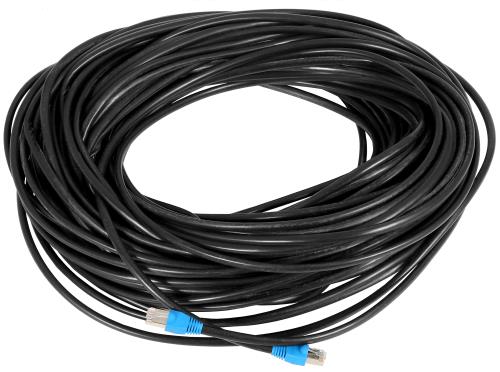No Yard? No Problem! The Art of Growing Baby Greens
I was spoiled growing up in Atlanta, where even the houses downtown had ample front and back yards lush with dark, moist dirt throughout long, hot, and rainy growing seasons. I didn’t realize how lucky I was until moving to San Francisco, where, from cramped studio to over-crowded apartment to industrial (and slightly illegal) downtown warehouse, gardening became a bit of a quandry. How can one grow healthy and organic produce when all you have is a windowsill, a small balcony, or semi-dangerous rooftop? Would growing in such conditions be worth it?
Stubbornly, I decided to make it work one seasonably warm San Francisco spring. I had about 4 square feet of usable space, which I filled with random terracotta pots and cedar window boxes I found at a local scrap store. You can understand my dismay when, excitedly standing in front of the wall of seed packets at the local nursery, I read that each chard or kale plant needed around 1 square foot to grow to maturity.
What’s the point of container growing if you only get one chard plant per pot?
I decided to buy the seeds anyway and, getting home, placed one seed in the center of my containers. The seeds looked so lonely! With each seed packet costing around 3$, the idea of letting them sit under the sink for another year seemed stupid. So, I rashly emptied all the seeds from the packet into every square inch of soil, lightly covered them, and tossed the packets, along with their unread detailed directions, in the recycling bin.
Anyone who has attempted to grow their own food from seed knows the importance of thinning. But as the cute little twin-leaved sprouts came poking through the soil, I found it tough to end their lives so abruptly. They were struggling and surviving against all odds, and yet I knew mature plants need their space to grow healthy roots, strong stems, and energy-producing leaves. I just couldn’t kill them. They were my babies. My friends. So I let them grow, and as each plant got bigger, I would notice a straggler, or a crooked sprout, or a tiny seedling encroaching on a bigger neighbor’s toes. I’d snip them off at the soil level (to not disturb the roots of the sprouts I wanted to keep) and go about my business.
Soon, I had 4 square feet of bushy, baby-leafed greens. Sure, having four strong, mature plants would have given me grocery-store sized leaves, but after one or two harvests, your balcony greens would be done! My baby greens, although never reaching full height, could be harvested continuously once they started leafing out. I learned that greens are not picky about overcrowding (like some fruit-based veggies are), and as long as your containers are well-draining and get plenty of sun, you can have a weekly supply of freshly grown chard and kale to add to your meals: even on the 20th floor of a high rise! Plus, the smaller and younger leaves of kale and chard are more tender and sweeter than the huge fronds most people see at the market.
So try it out! All you urban dwellers have no excuse. Buy some seed packets, put out some containers, fill them with a mixture of soil, compost, and perlite, and throw some seeds around! You don’t need to be an expert to grow your own food. As my friends and I like to say, “It’s so local, it’s lazy!”





